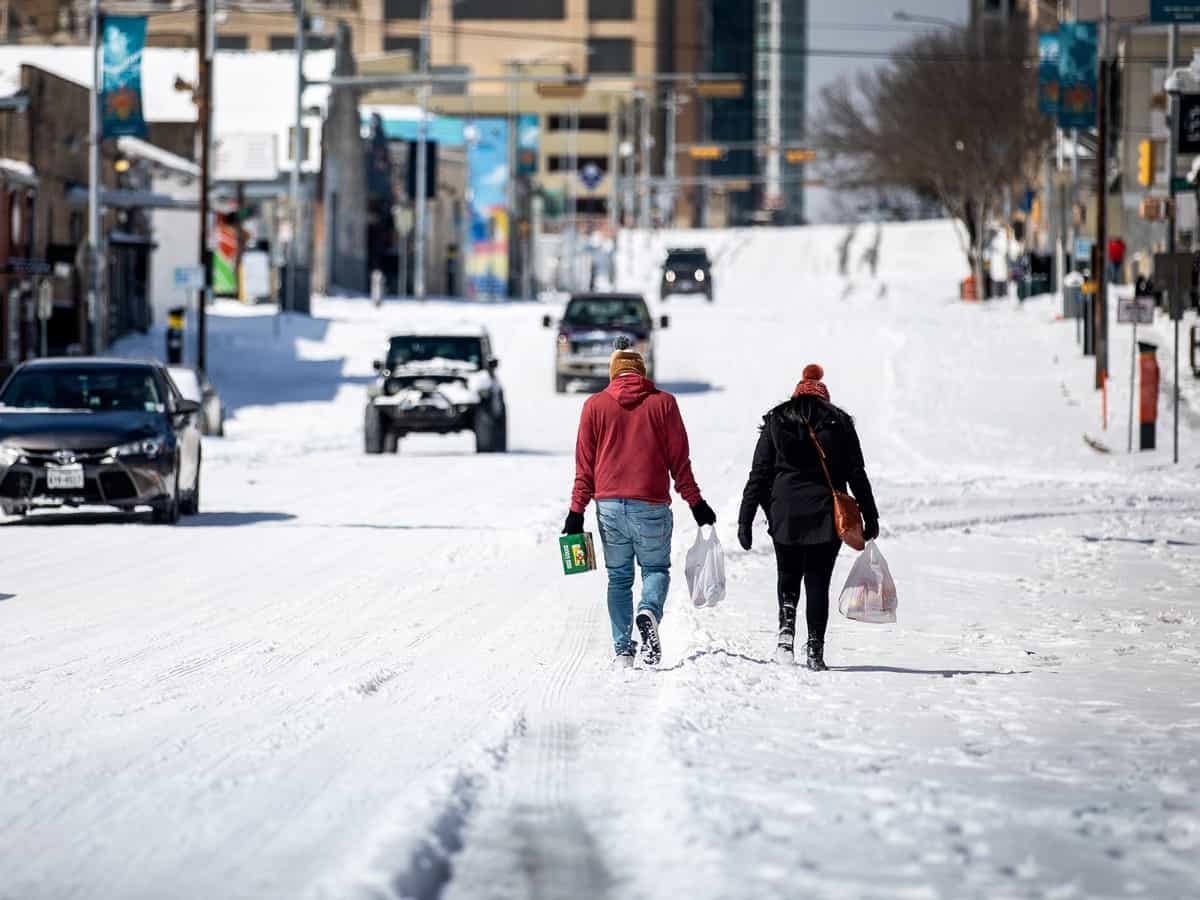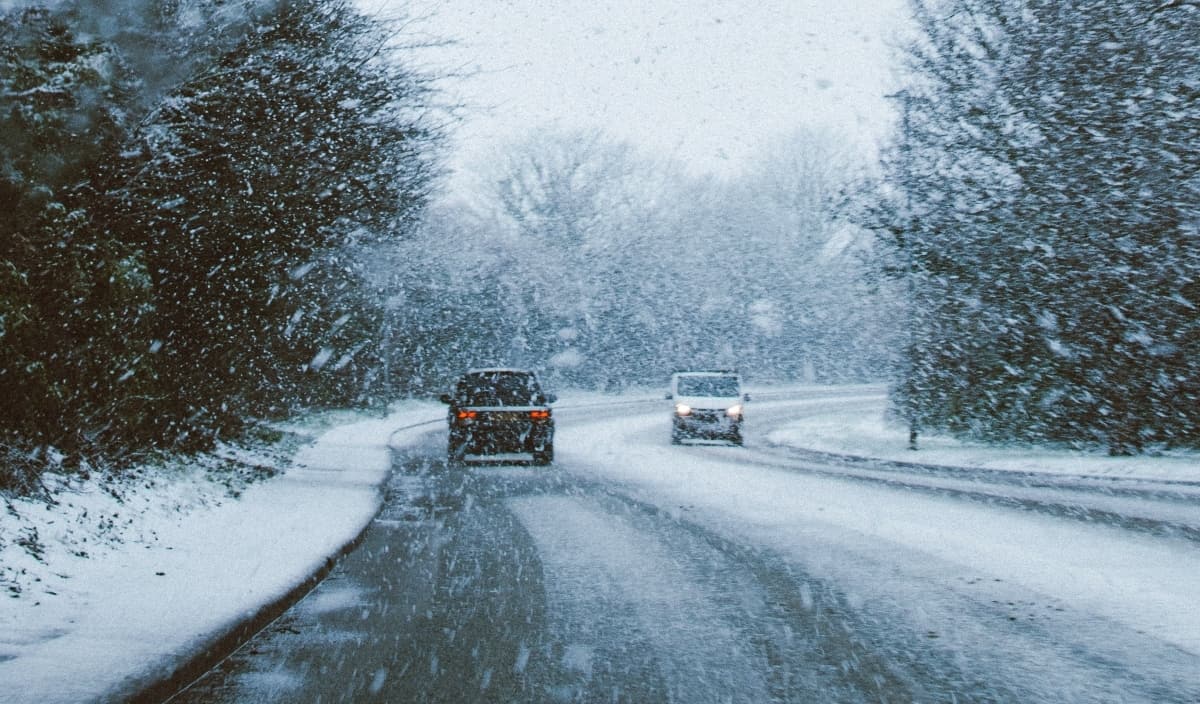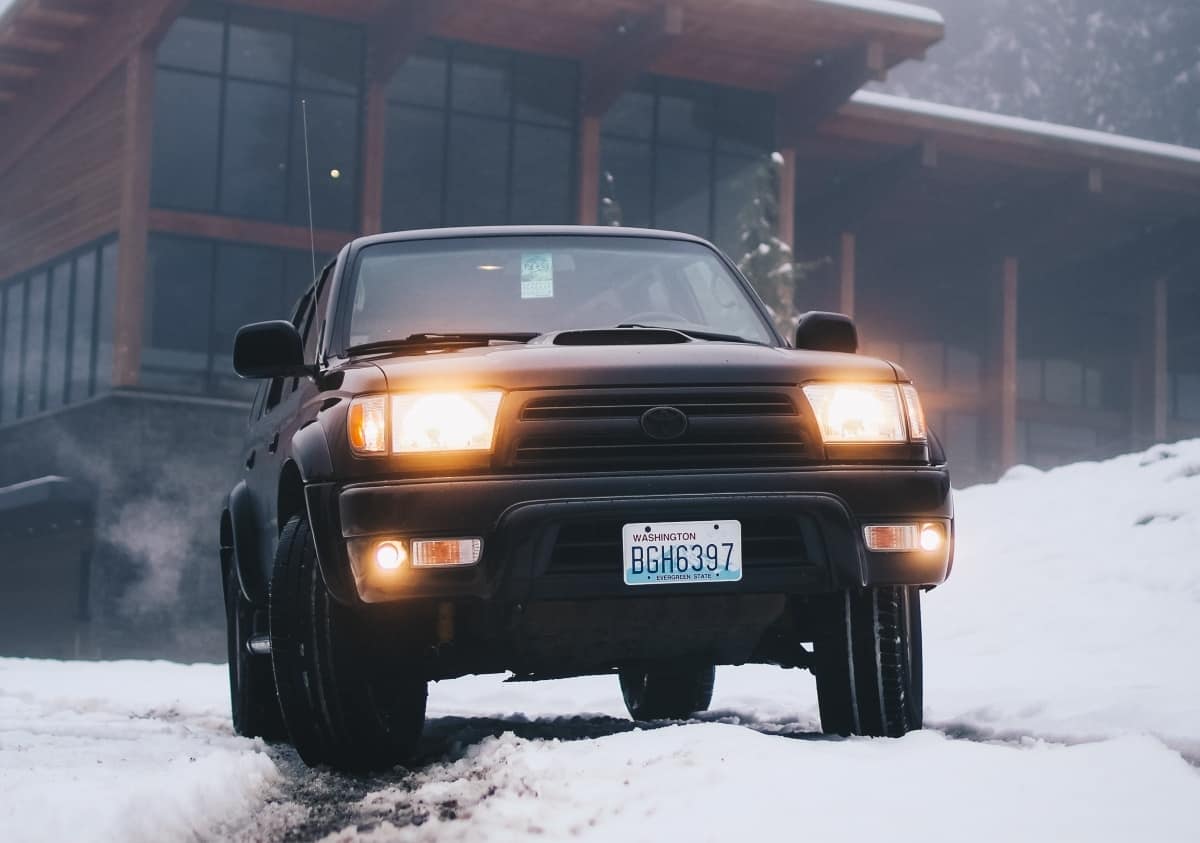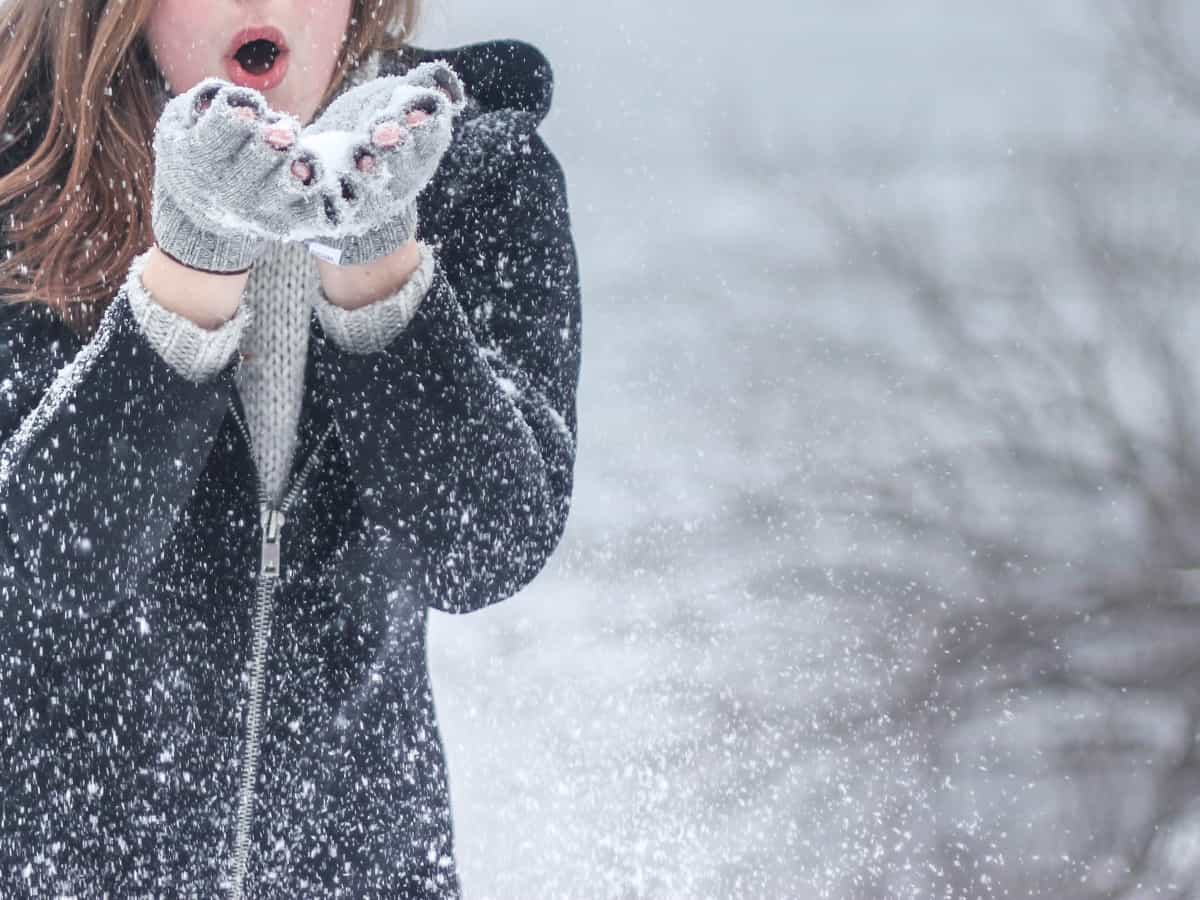Heavy snow and cold weather can wreak havoc on structures, making it essential to winterize your home. It is also critical to winter-proof your car for better safety conditions on the road. You want to begin winterizing your properties early, ideally in fall. So, what are the top ways to undertake this winterizing project?
The following are effective tools and tips you can adopt to winterize your house and vehicle.
Tools to Help the Winterizing Process
You require a few tools to help you winterize your home and car. These items are conveniently available in online and brick-and-mortar stores. Some winter-proofing techniques need professional input. Nonetheless, it is best to have these pieces of equipment at home to come in handy in emergencies. These include:
- Caulking gun or applicator
- Sealing tape
- Space heaters
- De-icing cable
- Door sweeps
- Pool vacuum
- Skimmer

Top Winterizing Tips for Your Household
They say East, West, home is best, and you want to maintain the status quo during winter. Preparing your house for the snowy months enables you to stay away from avoidable damages. You also improve your energy utility and conservation. Hence, you save extra expenses and relieve the strain on your wallet.
Below are some guidelines you can look at to help you winterize your home and keep your loved ones safe:
Check Your Heating System
The heating and cooling (HVAC) system is among the most commonly used item throughout the year. You want to check the air filters to clean dust or dirt accumulated from previous seasons. It is also better to get a professional technician to inspect your HVAC system. The expert can identify and correct any hidden or recurring issues. HVAC preventive maintenance helps keep your family comfortable throughout winter.
Verify Your Insulation Quality
The best way to winterize your home is to insulate your attic. It is essential in keeping your premises warm and preventing stressful roof damage. Science dictates that warm air rises, and this component of your house helps keep it down. If your attic has a weak point and air escapes, the heat melts the snow. Consequently, it flows to other colder spots. It then re-freezes to create the dreaded and stressful ice dams. Poor insulation also means cold air seeps into your rooms. This leak worsens your situation by making it uncomfortable and expensive.
Incorporate Weatherstripping
You want to incorporate weatherstripping into the little crannies and nooks around your home. This process lets you insulate sections you cannot block otherwise, like attic hushes, immovable windows, window sash, and door jambs.
In addition, a house with wooden walls requires you to apply weatherstrip tape between the lower sash and window frame. This technique offers perfect insulation for such homes. It covers the cracks and crevices that develop over time in the wooden panels. You can also apply it on your door jambs with a tight-fitting for satisfactory performance.
Conduct an Energy Audit
Poorly winterizing your premises can result in bills that hit the roof. It is crucial to carry out an energy audit of your house to help you lower the energy costs. You can contact your regional power operators to conduct the audit. The expert utilizes the results to guide you on the steps to reduce your energy bills.
Discover Energy Audits with Solar Energy and ONIT Home
Try our Free Energy Audit to make sure your home is performing at optimum energy efficiency. We’ll inspect every nook and cranny of your home to make sure it’s best serving your needs. We’ll also give you tips on lowering your energy bills, conserving energy, and creating a more efficient space. To learn more about how we can help you maintain a top-performing home, visit us online to get started!
Winter-proof Your Pipes
Winter can create hazardous conditions for your pipes. Water expands when it freezes, increasing pressure within the channels. Your pipes can also freeze when temperatures fall below 32°F, resulting in a burst as the water eThusherefore, it is best to inspect your pipes for cracks and insulate them when winterizing your household. You can also install innovative devices such as a pipe freeze sensor. This sensor detects when the temperatures are dangerously low and signal a burst pipe. It allows you to address the issue early and prevent costly replacements.
Clean Your Gutters
Cleaning your gutters lets you remove accumulated debris such as leaves and sticks that can easily block water flow. Blocked drainage systems mean melted snow floods the channels, flowing to unwanted areas, such as walls and foundations. Clean gutters enhance safety while protecting your home from flooding and water damage. This quality is especially important for home insurance matters. Most carriers do not include flood coverage in the general homeowners’ policies.
Winterize Your Pool
Winterizing your pool lets you prepare for the winter without water wastage. You can drain and store an aboveground swimming pool. Likewise, you can clean and drain an in-ground pool outdoors. It is advisable to begin by taking away all accessories from the water. For instance, you can remove a ladder or swan float, clean, and dry them. You want to store them in a pool house, shed, or garage until the next swimming season.
Additionally, it is best to clean the pool thoroughly, including scrubbing the walls. You also want to vacuum the bottom and skim the surface. Afterward, balance the water alkalinity before covering the pool for the rest of winter.
Top Winterizing Tips for Your Car
Safety and comfort are the reasons you winterize your home and car. The process improves road safety during the unforgiving chilly season. It helps you maintain your vehicle condition and avoid causing damages not covered in your auto insurance. You want to track temperature changes in the cold season. These shifts could affect your vehicle performance, traction, and driving ability. You can also incorporate a few tips into your maintenance routine to help you winterize your car. These include the following.

Change to Snow Tires
Changing your tires to snow options is among the first steps to take when winterizing your vehicle. Snow tires feature an ergonomic construction that lets their soft rubber remain flexible in cold conditions. Moreover, they incorporate unique tread patterns with wider grooves to improve traction. This design also quickly expels water to enhance control on slippery roads. Notably, you can utilize all-season tires during winter. Nevertheless, they do not provide the optimal performance you may require for the conditions in your area.
Install Ergonomic Wiper Blades
You can install quality winter wipers to tackle winter conditions. Some wipers have rubber that stops ice from building up on the blades. Notably, it is better to switch to regular ones after winter. These winter types are heavier and increase the load on your wiper motor if you use them year-round. You can also buy ergonomic wipers for wet conditions if you live in an area with heavy rain. These devices incorporate treatment via a hydrophobic agent. Thus, they leave a coating on your windshield after a few swipes that bead up water on contact.
Check Your Tire Pressure
It is critical to inspect your tire pressure regularly in winter. The shifting outdoor conditions cause the pressure to change. Generally, the tire pressure drops by a pound per square inch with every 10-degree Fahrenheit drop in temperature. You can obtain a portable air compressor that connects to your car’s 12-volt ports to pump the tires when necessary. The compressors offer a valuable option when your vehicle does not have an integrated tire pressure monitoring system.
De-ice Your Exterior
It may be tempting to remove ice from your car using hot water. Nonetheless, you want to keep boiling water away from your vehicle since it can cause your windshield to crack. Additionally, it can damage the integrated electronics, resulting in your power window controls and locks malfunctioning. You can safely de-ice your car using three parts vinegar and one part water. The vinegar’s acidity stops frost and ice buildup, making it more comfortable to clean with an ice-scraper.
Check Your Battery and Fuel
Batteries function best at around 80°F, and winter means it has to work harder to operate your vehicle. It is necessary to ensure your battery is in top condition to manage the cold weather without breakdowns. Checking it allows you to determine its condition, where corrosion and misshaped components signal the need for a change. You can also know you require a new battery when it starts slowly or generates electrical issues.
Besides the battery, you want to fill your tank regularly. A full tank minimizes condensation, preventing freeze-ups in the gas line. It is advisable always to have your gas tank half full during winter.
Have an Emergency Kit
Accidents and tragedies happen. That’s why you always want to have an emergency kit in your car as part of your winterizing process. This preparation makes handling an unexpected and unpleasant situation better and more bearable. Some items in the kit include a tire inflator, a flashlight, and a tire patch kit. It is best to have a tire pressure gauge, jumper cables, road flares, gloves, blankets, snacks, and drinking water. You also want a phone charger, first-aid kit, ice scraper and brush, a cell phone, and a triangle reflector kit.





